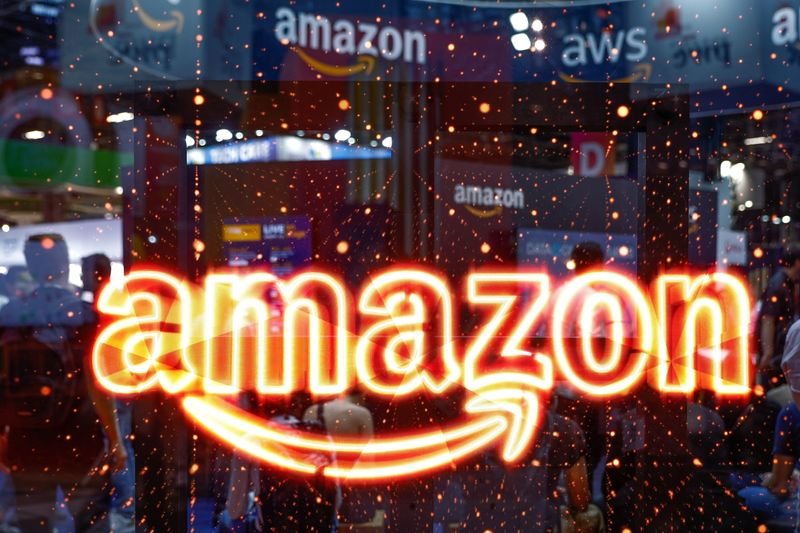A Triumphant Return for Chime
On June 12, 2025, fintech disruptor Chime Financial made a spectacular entrance on the Nasdaq under the ticker CHYM, following an IPO that raised approximately $864 million—$700 million in fresh capital and an additional $165 million in secondary shares . Pricing its shares at $27, Chime’s stock surged 59%, opening at $43 and closing near $37, yielding a market valuation of $13½–$15 billion a dramatic rebound from its prior private valuation of $25 billion.
Chime’s IPO, delayed by geopolitical volatility, signaled the rejuvenation of the U.S. listing stage, driven by easing tensions and reviving investor appetite . The triumph comes amid a wave of high-profile tech debutants—Circle, eToro, CoreWeave—pointing to a renewed bullishness in growth-focused IPOs.
2. Why Investors Embraced Chime
-
Addressing underserved Americans: Serving roughly 8.6 million active users—particularly younger, low‑income earners—Chime offers features like SpotMe (fee‑free overdrafts) and MyPay (early paycheck access), reshaping banking for those living paycheck to paycheck .
-
Asset‑light, fee-based model: Unlike legacy banks, Chime relies on interchange and payment fees instead of lending interest, reducing risk and boosting margins .
-
Rising growth metrics: Despite reporting a $25 million net loss in 2024, Chime’s revenue climbed over 30% that year and remained robust into Q1 2025—posting net income of $12.9 million on $519 million revenue .
-
Valuation discipline: The IPO range of $24–26 broadened to $27, above expectations, to raise $700 million in new capital—signaling both confidence and strategic conservatism .
3. IPO Market Revival & 2025 Outlook
Chime’s IPO isn’t an isolated event—it’s part of a broader IPO resurgence in 2025. Year-to-date, US IPOs have amassed $25–26 billion in proceeds, compared to $18 billion in 2024 and $9 billion in 2023 . Hot fintech and tech names like Klarna, Gemini, Cerebras, and Medline are lining up to go public in the near future .
Rebuilt investor confidence reflects more than just these numbers. After a lull triggered by global trade tensions, the market is back with renewed energy, lifting sectors such as fintech, crypto, AI, oil & gas, and healthcare . IPO returns have rebounded as well—the Renaissance IPO Index now roughly matches the S&P 500 after earlier soft starts .
Experts predict the next wave of listings will be paced into late 2025, contingent on interest rates, regulatory clarity, and macro stability .
4. AI‑Backed Unicorns: The New Wave
Chime’s success coincides with another trend: the meteoric rise of AI‑backed unicorns—private startups valued over $1 billion facilitated by artificial intelligence.
-
Unicorn boom: Over 1,260 unicorns globally as of April 2025, with AI startups comprising nearly 370—a 74% year‑over‑year increase .
-
Valuation power: Combined worth of AI unicorns tops $1 trillion, representing roughly 25% of all unicorn value .
-
Record-breaking investment: AI startups hauled in a record $100 billion+ in 2024, with Q1 2025 funding surging to unprecedented levels .
-
Greedy for gen-AI: Generative AI emerged as the powerhouse, capturing nearly half of all AI funding in 2024 .
5. Notable AI Unicorns to Watch
-
Perplexity AI: Closed a $500 million funding round in June 2025, boosting its valuation to $14 billion; handles ~780 million monthly queries .
-
CoreWeave: Went public in March 2025, raised $1.5 billion in its IPO, with a private value near $19–23 billion; supplies GPU-heavy AI infrastructure .
-
Synthesia: Grew from $1 billion in valuation in 2023 to $2.1 billion post-Series D in January 2025, creating AI-generated video avatars and content .
-
Smaller, powerful teams: Startups like Safe Superintelligence ($32 billion valuation, ~20 employees) and Anysphere ($100 million annual revenue, <50 staff) show high-output lean models .
6. Regional Landscape & Growth Drivers
Geographical spread: While the U.S. leads—with ~40–45% of AI unicorns—the rise of AI hubs in China, India, the UK, Europe, and Israel signals global diffusion .
Success pillars:
-
STEM talent pool (e.g., Stanford, IITs).
-
Government backing (e.g., U.S. CHIPS Act, Europe’s AI Sector Deal).
-
Vibrant VC ecosystems (Sequoia, a16z, SoftBank).
-
Tech infrastructure: proximity to cloud/data infrastructure and big-tech.
Companies operating at this crossroads have the strongest realistic chance of unicorn success .
7. The AI Unicorn Lifecycle & Risks
-
High stakes: Despite sky-high valuations, most AI startups don’t reach unicorn status—failure rates remain ~90%, similar to general tech .
-
Common pitfalls: Lack of product-market fit, burning through capital on compute/talent, regulatory and technical execution issues .
-
Smart innovators win: Those building niche (“vertical”) AI—like in healthcare, fintech, or legal—have the edge when they nail ROI, trust, and compliance.
8. Looking Ahead: IPOs, Regulation & Tech Shifts
Upcoming public giants: Watch for listings from Databricks, OpenAI, Anthropic, and others in the next 12–18 months .
Regulatory environment: The EU AI Act and U.S. guidelines are coming into focus—AI startups that bake in privacy, ethics, and transparency may gain a competitive advantage.
Tech frontiers:
-
AI agents and autonomous automation
-
Multi-modal models (text + image + audio)
-
AI hardware innovation (chips, quantum integration)
Market dynamics: While VC “FOMO” remains real, a future wave of realism may bring consolidation, private-to-public transitions, and some high-profile exits.
Final Takeaways
-
Chime’s IPO raised nearly $700 million, delivering a 50–60% price jump and reigniting fintech IPOs.
-
AI unicorns are proliferating—370+ unicorns, $1T+ combined valuation, and counting.
-
Big names to track: Perplexity, CoreWeave, Synthesia, Safe Superintelligence, and Anysphere.
-
Global spread: U.S. leads, but other regions are gaining significant ground.
-
Risks remain high, but so are potential rewards for those combining innovation with strategic execution.
Chime’s success and the AI‑unicorn boom are intertwined—both fueled by fee‑light models, serving unmet needs, and harnessing cutting‑edge tech. And if the recent IPO momentum holds, we’re entering a transformative era for fintech and AI superstars alike.






